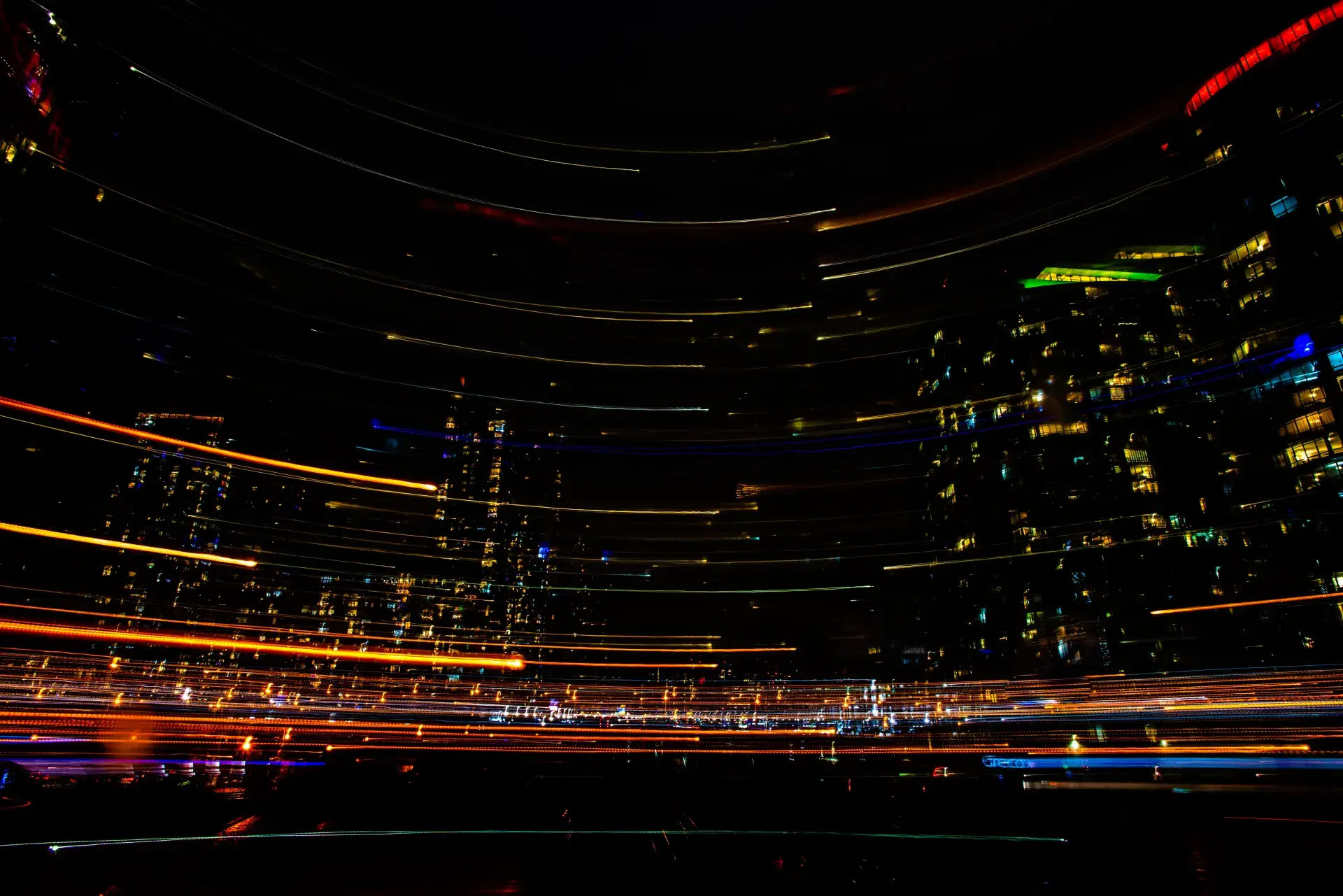The exponential increase in digital content consumption has blurred the lines between authentic and manipulated media, leaving consumers to grapple with the challenge of distinguishing fact from fabrication. This is where the Content Authenticity Initiative (CAI) enters the scene in response to this predicament, championing a solution designed to restore and maintain trust in the world of digital content.
Table of Contents
Understanding the Content Authenticity Initiative
The Content Authenticity Initiative, a collaborative project backed by a serries of partners (Adobe, X (formerly Twitter) and the New York Times to develop a standard for digital content attribution. The CAI works by embedding content with metadata at the point of creation, tracking its alterations and enabling consumers to check its authenticity and provenance. This initiative allows both creators and consumers to follow the lifecycle of a piece of digital content, whether it’s an image, video, or document.
Real-World Advantages of the Content Authenticity Initiative
The Content Authenticity Initiative presents several real-world advantages for creators and consumers alike. For creators, it provides a robust system for protecting intellectual property and combating content theft. By tracking the entire history of an asset, creators can assert their rights and be properly recognized for their work.
For consumers, CAI enables them to verify the authenticity of the content they consume. It helps fight against deepfakes, misinformation, and digital fraud, ultimately fostering a more trustworthy digital landscape.
Industry Support for the Content Authenticity Initiative
One particularly noteworthy aspect of the Content Authenticity Initiative for photographers is the inclusion of renowned brands such as Nikon, Sony, and Canon. These companies are giants in the field of photography and their participation in the initiative adds significant weight to its credibility. Furthermore, the involvement of tech behemoth Microsoft further signals the wide-ranging industry support for CAI.

This collaboration means that photographers using products from these brands will soon have easy access to tools that support the initiative’s aims. For photographers, this broad backing underscores the significance of the initiative and its potential impact on the future of digital content creation and manipulation. It offers assurance that the industry is moving towards more transparency,
The Transformative Potential of the Content Authenticity Initiative on Public Interaction with Digital Content
In our modern digital era, the public’s interaction with content is no longer confined to merely passive consumption. Increasingly, individuals are becoming active participants in the creation, alteration, and dissemination of digital content, a trend that the Content Authenticity Initiative (CAI) stands poised to significantly transform.
With a rise in public awareness regarding digital manipulation techniques, such as photo editing and deepfakes, there is a corresponding increase in the demand for transparency in the realm of content creation and alteration. This demand reflects the public’s desire to ensure that the content they engage with is authentic and trustworthy.
The Content Authenticity Initiative rises to meet this demand by offering consumers innovative tools to validate the source and verify the authenticity of the content they encounter. This not only helps combat the spread of misinformation but also empowers the public to make informed decisions regarding the content they choose to consume or share.
By ensuring a more reliable and transparent digital content environment, the CAI fosters greater trust between content creators and consumers. This, in turn, has the potential to revolutionize the digital landscape by promoting accountability and authenticity in content creation, thereby elevating the overall quality of digital content available to the public.
In the long run, the wide-scale implementation of the principles and tools promoted by the Content Authenticity Initiative could lead to a more educated, discerning public, better equipped to navigate the complex realm of digital content in an informed and critical manner.
The Potential Drawbacks of the Content Authenticity Initiative: Privacy Concerns and Misuse
While the Content Authenticity Initiative (CAI) carries the potential for numerous advantages, it’s equally important to consider the possible pitfalls and challenges that might arise from its implementation.
A primary concern surrounding CAI is the delicate balance between authenticity and privacy. The Initiative’s premise relies on the collection of comprehensive metadata, which could inadvertently divulge more about the content creator than initially intended. This could range from basic details such as their digital tools and creation process to more sensitive information like their location or timing of creation. The potential for unintended exposure of such details could result in privacy breaches, leading to unwanted attention or misuse of information.

Moreover, another critical concern is the potential for CAI’s misuse, specifically in the hands of malicious actors. While CAI’s primary intention is to foster trust and verify the legitimacy of digital content, the system’s structure could potentially be exploited to create false histories for content. Miscreants could use the detailed metadata to fabricate an illusion of authenticity, thereby manipulating viewers and undermining the very objective of the Initiative.
In a world where deepfakes and manipulated content are increasingly prevalent, these potential pitfalls of the Content Authenticity Initiative underscore the necessity for stringent safeguards. These safeguards should protect the privacy of content creators while ensuring that the system remains resistant to misuse, preserving the Initiative’s integrity and its mission of fostering authenticity and trust in digital content.
The Possibility of Widespread Adoption of the Content Authenticity Initiative
The widespread adoption of the Content Authenticity Initiative relies heavily on industry collaboration and public acceptance. As more organizations join the initiative and adopt its standards, the likelihood of it becoming the norm increases. However, widespread adoption also hinges on the public’s willingness to engage with the system and trust in its effectiveness.

Content Authenticity Initiative:
A Stronger Fortress Against Fakes?
Does the Content Authenticity Initiative stand as a robust shield, warding off digital counterfeits and deception? Although it may not be an invincible safeguard, it undoubtedly charts a promising course forward. By empowering creators and consumers alike to trace and authenticate a piece of content’s lineage, the CAI is equipping us with a potent weapon in our arsenal against digital fraud.
Accompanying this text is one of my photographs, providing a striking visual example of how something that could be perceived as manipulated is, in fact, genuinely real.
Image Caption: A visual testament to the intricate dance between reality and perception in the realm of photography.
The Content Authenticity Initiative and the Future of AI-Assisted Creativity
As an avid user of AI tools like MidJourney, Stable Diffusion, and DALL-E for content creation, the Content Authenticity Initiative’s impact on AI-assisted creativity is particularly significant to me. On one hand, the CAI could help authenticate AI-created content, providing it with legitimacy in the digital landscape. On the other, it could potentially stifle creativity if stringent regulations are imposed.

For instance, let’s look at a piece I created with MidJourney above, it is an amalgamation of AI-assisted design and human creativity. It shows the potential of AI tools when used as a creative aide. However, the question remains – how would the CAI affect such creations?
Ultimately, it’s about striking a balance between encouraging creativity and protecting authenticity. As we move forward, the hope is that initiatives like CAI will pave the way for a more authentic, trustworthy, and creative digital landscape.
A Final Word (But Not Really)
As we navigate the digital age, initiatives like CAI are crucial in fostering trust and protecting creative rights. It presents an exciting step towards ensuring content authenticity, but it also raises new questions as AI and machine learning continue to evolve the landscape of content creation.
The future of CAI relies on its ability to adapt to these changes and address potential concerns. As we move forward, it’s essential to remember that while advancements are necessary, they should not come at the expense of creativity and growth. Let’s progress with kindness, respect, and an unwavering commitment to preserving the creative spirit.
Have you checked out some of my latest work? Both real and AI-generated, they offer a glimpse into the boundless possibilities of digital content creation. If you’re inspired and want to collaborate, feel free to reach out!







